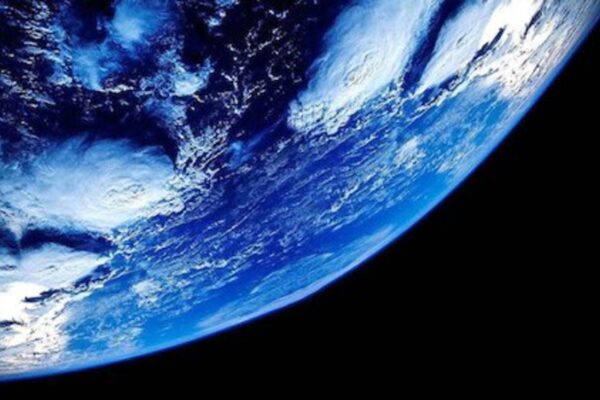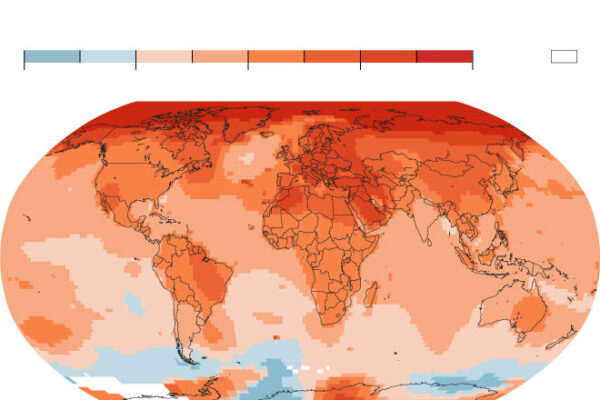With so many interesting solar system facts, we’ve narrowed them down to 25 of our favorites.
Our solar system consists of the sun and everything that orbits that sun, like the eight (once nine) planets we all know from elementary school. But the main planets, as diverse and fascinating as they are, are just the beginning. Earth‘s neighbors in space include comets, asteroids, dwarf planets, mysterious moons and a host of strange phenomena that are so out-of-this-world they elude explanation.
Scientists have discovered ice-spewing volcanoes on Pluto, while Mars is home to a truly “grand” canyon the size of the United States. There may even be a giant, undiscovered planet lurking somewhere beyond Neptune. Read on for some of the strangest facts about the solar system.
NASA’s Voyager 1 spacecraft was launched in 1977. More than three decades later, in 2012, it became the first human-made object to enter interstellar space by crossing the heliopause, or the edge of the heliosphere. That’s the boundary beyond which most of the sun’s ejected particles and magnetic fields dissipate.
But, according to NASA, “if we define our solar system as the Sun and everything that primarily orbits the Sun, Voyager 1 will remain within the confines of the solar system until it emerges from the Oort cloud in another 14,000 to 28,000 years.”
Depending on how carefully you do the calculations and how you arrange them, all of the planets in the solar system could fit in between Earth and its moon. The distance between the Earth and the moon varies, as does the diameter of each of the planets — they’re wider at their equators, so Saturn or Jupiter or both would have to be tilted sideways for this to work, according to news site Slate. But imagine lining them all up, pole to pole. They’d just barely squeeze in between us and our closest companion in space, blocking out the sky with their rings and gas giant bulk as they did so. (Of course, in all practicality we’d have other problems to worry about, too. Our little moon creates vast tides on Earth already — the gravitational perturbation from our new proximity to Jupiter alone would keep any of us from admiring the view.)
The moon is the farthest from Earth that we’ve ever sent humans, and it’s both mind-bogglingly distant and incredibly close depending on how you think about it. Eight enormous planets could fit between here and there, and yet according to NOAA, the distance from Earth to the sun is more than 390 times the distance from the Earth to the moon.
Scientists use an approximation of the Earth-to-sun distance, also known as one astronomical unit or AU, to compare distances within the solar system. Jupiter is about 5.2 AU from the sun, and Neptune is 30.07 AU from the sun or approximately 30 times as far from the star as Earth
Uranus usually appears in classroom solar system models as a featureless blue ball, but this gas giant of the outer solar system is pretty weird on closer inspection. First, the planet rotates on its side, appearing to roll around the sun like a ball, according to NASA’s Uranus guide. The most likely explanation for the planet’s unusual orientation (about 90 degrees sideways compared to the other planets) is that it underwent some sort of titanic collision in the ancient past.
Uranus’ tilt causes what NASA considers to be the most extreme seasons in the solar system. For about a quarter of each Uranus year (or 21 Earth years, as each Uranus year is 84 years long), the sun shines directly over the north or south pole of the planet. That means for more than two decades on Earth, half of Uranus never sees the sun at all.
Scientists monitor these extreme seasons on Uranus and expected that the 2007 equinox on the planet might cause unusual weather. But it was seven years later that the atmosphere erupted into wild unpredicted storms, making Uranus more of a puzzle than ever.
Compared to Earth’s peaceful moon, Jupiter’s moon Io may come as a surprise. The Jovian moon has hundreds of volcanoes and is considered the most active moon in the solar system, sending plumes of sulfur up to 190 miles (300 kilometers) into its atmosphere. According to a statement from NASA, Io’s volcanos emit one ton (more than 900 kilograms) of gases and particles into the space near Jupiter each second.
Io’s eruptive nature is caused by the immense forces the moon is exposed to, nestled in Jupiter’s gravitational well and its magnetic field. The moon’s insides tense up and relax as it orbits closer to, and farther from, the planet, generating enough energy for volcanic activity.
Scientists are still trying to figure out how heat spreads through Io’s interior, though, making it difficult to predict where the volcanoes exist using scientific models alone.
While Mars seems quiet now, gigantic volcanoes once dominated the surface of the planet. This includes Olympus Mons, the biggest volcano ever discovered in the solar system. At 374 miles (602 km) across, the volcano is comparable to the size of Arizona. It’s 16 miles (25 kilometers) high, or triple the height of Mount Everest, the tallest mountain on Earth. By volume, according to NASA, Olympus Mons is 100 times larger than Earth’s largest volcano, Hawaii’s Mauna Loa.
Scientists speculate that volcanoes on Mars can grow to such immense size because gravity there is much weaker than it is on Earth.
In addition, while Earth’s crust constantly moves, the Martian crust likely does not (although the debate among researchers continues). The Hawaiian islands were formed as a hot spot in the mantle created a chain of volcanoes in the crust cruising by above it, so if the surface of Mars isn’t moving, a volcano could build-up for longer in one spot.







Leave a Reply